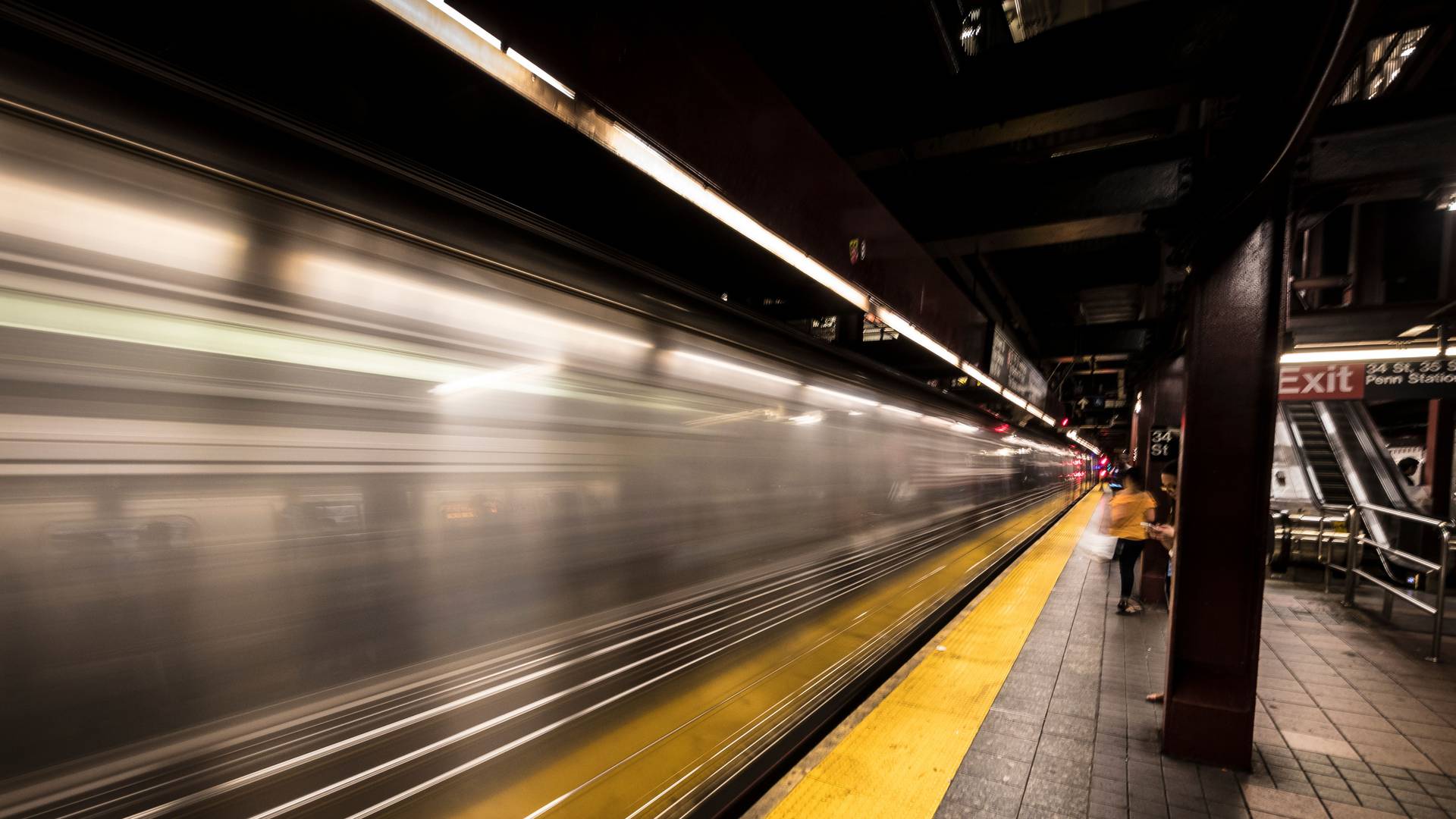Share
Managing the maintenance and upgrade of a mass transit system in a region that has enough track to reach Chicago and that famously never sleeps is a complex and challenging process. It’s inevitable that any outage will cause disruption and the region’s transit leaders say that good planning and clear communication with customers is the key to minimizing issues.
“It’s very challenging,” said Clarelle DeGraffe, General Manager of PATH at the Port Authority of New York and New Jersey. “We have four tracks, two going in and two going out, that run into either Lower Manhattan or Midtown. So our ability to do maintenance work or construction on our tracks tends to impact our service. The challenge to be able to minimize that impact is great.”
DeGraffe said that PATH builds a “master schedule” of required work that is shared with customer-experience staff with the purpose of developing a plan sensitive to all stakeholder needs.
“Sometimes it means stretching out the contract. It means stretching out the maintenance work. It means not being able to do as much work as you want to do because of the significant impact to the customer,” she said.
The MTA does much of its maintenance work on the weekend, but with recreational ridership strong after Covid-19, minimizing impacts to these customers is critical. Rich Davey, President of NYC Transit Authority, appointed a “weekend czar” to help balance work in the system with strong system work and passengers.
“He has dug in deep on the balance between those track outages to get all that work that’s required done, but also make sure that our customers who are coming back and using the service, particularly again on the weekends, are being served,” he said.
Cathy Rinaldi, President of MTA Metro-North Railroad and interim President of Long Island Rail Road, shared the experience of the recently completed Third Track project, in which she said that informing passengers that short-term pain would lead to long-term gain was critical to acceptance of a project that caused disruption to journeys.
“That’s where communication was really key in terms of diverting people to another branch,” she said. “In terms of just letting people know why we were doing this project, why it was so important [and] continuing to ask for patience because the dividends are going to be so huge once the project comes online.”
Discover how NYC’s transit leaders are mitigating customer disruption while evolving their systems in this video:




